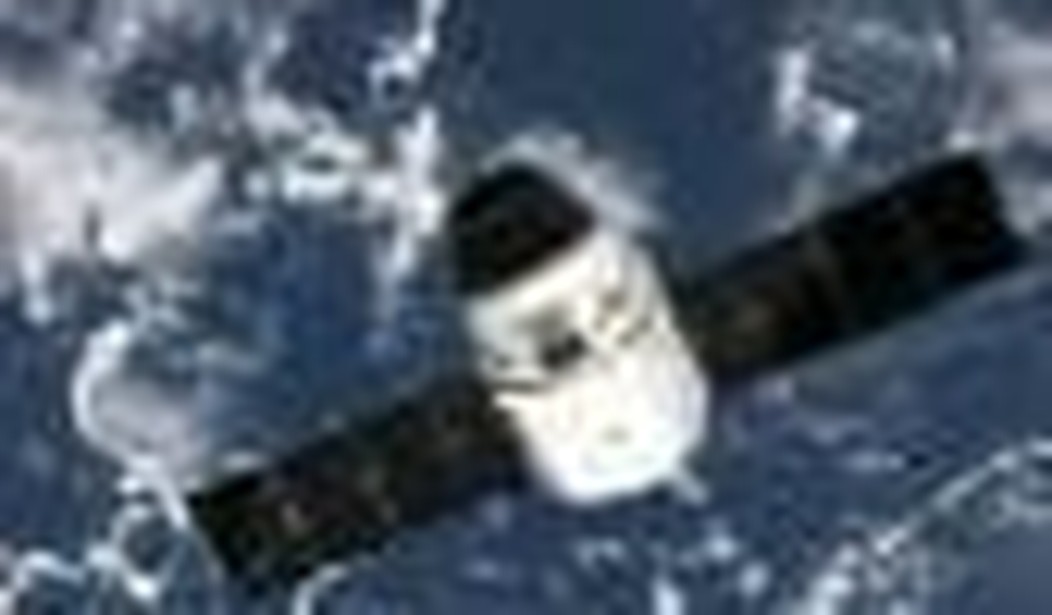SpaceX’s Dragon capsule completed a nearly perfect flight this morning, splashing down as planned in the Pacific Ocean within a mile of its target. It replicated everything that the Gemini series of flights in the sixties did in a single flight — getting to orbit, performing a rendezvous with another object, closely approaching it, berthing to it, detaching from it, and entering the atmosphere to be retrieved by a ship — except that it was entirely unmanned (so no spacewalk — that will await flights with crew aboard). The only problem encountered was an issue with the LIDAR, the laser rangefinder that helps it determine how far away it was from the International Space Station (ISS). One of the two redundant LIDAR systems was being confused by a retroreflector on the Japanese Kibo module, and the software had to be adjusted for it, resulting in a slight delay in the berthing last Friday.
What is the significance of this successful flight?
First, it has demonstrated that the company has both a launch system and a capsule that is capable of performing the missions assigned to it. The Falcon 9 launcher has now flown three times successfully (with some minor issues on the first flight) with no failures. The second and third launches seem to have been picture perfect. While this is no guarantee that it will never fail, it provides a lot more confidence for future flights than would be the case had there been a failure.
In fact, it was such a good demonstration of not just the Falcon 9, but the company’s hard-won ability to design new launchers, that this week, they signed up a new commercial launch customer for a vehicle they have not yet flown — the Falcon Heavy. The vehicle is not scheduled to fly until next year at the earliest, and then only out of Vandenberg Air Force Base, which is not a good launch site for putting satellites into geostationary orbit. Vandenberg a relatively high latitude (about 34 degrees), while GEO is equatorial (zero degrees) in inclination, and a launch system pays a big penalty to go to inclinations below the latitude of its launch site. Yet Intelsat has enough confidence in the company that they are willing to buy a ride on a rocket that hasn’t flown, from a launch site that doesn’t yet exist (the facilities at the company’s pad at Cape Canaveral, from which the Falcon Heavy will launch to GEO, will probably have to be modified). Yet the well-established comsat company is willing to bet on the SpaceX team.
Second, it means that the company can now start to fulfill its Cargo Resupply Services (CRS) contract, which helped fund the spacecraft’s development, and start getting significant revenue by flying cargo to and from the ISS, likely starting this August. SpaceX was only paid ten million for this launch under its Commercial Orbital Transportation Services contract (five million each for the two demonstration missions that it combined into one), but under CRS, it will be selling at least a dozen flights at about $130M per flight.
Third, it means that it can not only deliver cargo to ISS, but return it as well, something that no other existing vehicle can do since the shuttle retired last summer.
Fourth, it means that it can deliver not just inert cargo, but cargo requiring pressure and even basic life support (including biological experiments, such as mice).
Fifth, it means that NASA now has a vehicle capable of serving as a lifeboat at the ISS in the event of an emergency necessitating the evacuation of the station, and need no longer rely on the Russians for this service. While it doesn’t have a full life-support system (yet) it does have a pressurized cabin, and in an emergency people could return in it with nothing but scuba tanks for the short duration of the departure and entry. Moreover, it can in theory support the return of seven crew members, and not just three as the Soyuz does. That means that the station crew size could be expanded without having additional safety concerns. Beyond that, if a Soyuz and Dragon were docked at the same time, it means that there is a functional “ambulance” capability — a sick or injured astronaut could be returned to earth without having to abandon the station.
Sixth, it means that, were the Russians to have problems similar to those they experienced last fall, when they had multiple launch failures and couldn’t get to the ISS, NASA now has a way to get to the station in an emergency. While the Dragon doesn’t yet have a launch abort system (this is one of the items being developed as part of the commercial crew activities), it would be preferable to endure the higher risk of a loss of crew without one, than to abandon the hundred-billion-dollar ISS, as they actually contemplated last year. I haven’t polled them, but I’ll bet that, after this week’s flight, and the first two Falcon 9 missions, most if not all of the astronauts at NASA would be willing to take a ride in it right now, abort system or no, if it were an important mission. Their job is to fly in space, and they’re presumably willing to risk their lives to do so, as long as they understand the risk (as they didn’t really with the shuttle).
Bottom line, in terms of our ability to get the job done if it’s important, America has returned to space. The dreaded “gap” caused by the shuttle retirement didn’t even last a year, thanks to the foresight of the previous administration and the vision of an entrepreneur. Now it’s up to Congress to fully fund the request for commercial crew to enable the rapid development of even safer and competitive systems.









Join the conversation as a VIP Member